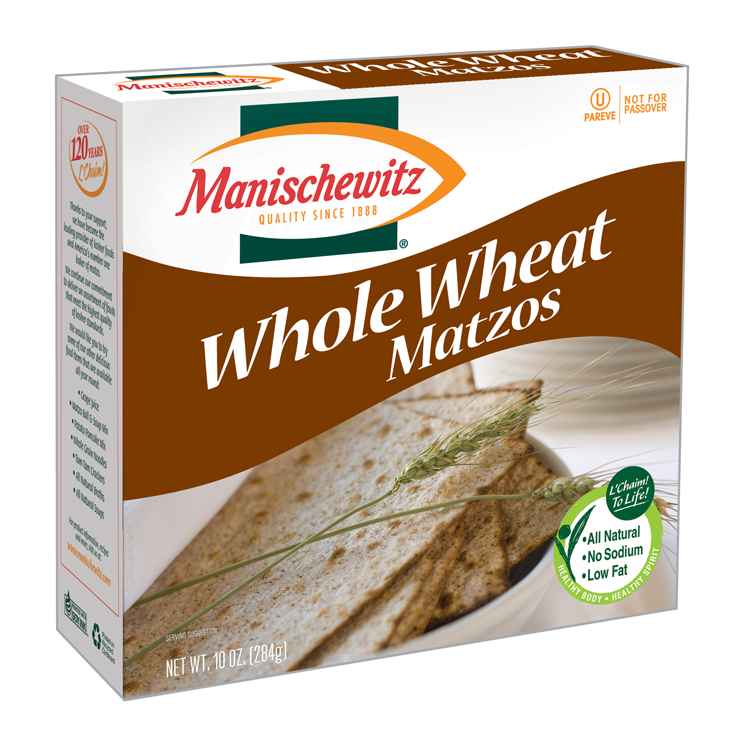
The last time I wrote about marijuana it brought enough traffic to this blog with the search words,"PCOS" and"marijuana" I figured the subject should be addressed in more detail.
Did you know that our bodies naturally make their own cannabinoids? They are compounds that are needed for a variety of processes, ranging from appetite to pain sensation to mood to memory.
Cannabis, an external cannabinoid, affects these functions as follows:
1. Interferes with both long and short term memory. If you're smoking pot and experiencing brain fog, there just might be a connection.
2. Increases appetite (like I had to tell you that!) When your internal (endo) cannabinoid system is out of balance, it too affects appetite. Leptin and endocannabinoids antagonize each other, and when the latter levels become higher, obesity is more likely. Just as cannabis intensifies cravings for sweets, so do high levels of endocannabinoids.
3. Affects fertility. In both directions. Cannabinoids can increase or decrease the probability of an embryo implanting in the uterus. My guess would be that if you're a person who is craving sweets and struggling with weight, you layer smoking pot on top of that…you're pushing that baby farther away from reality, rather than in the positive direction.

What is fascinating is that omega-3 fatty acids, the ones you see all the time mentioned in this blog, are crucial for good endocannabinoid function. If you're omega-3 deficienct, you're more likely to make it harder for your body to respond to its own naturally produced cannabinoids. So that craving for pot may have a valid foundation. The problem is, it's not the lack of cannabinoids that's causing the problem. It's that they are there, all dressed up, ready to help regulate memory, mood, appetite, and hormone function, but the body has lost the ability to understand what those chemicals are trying to tell them. Flooding your system with more of those chemicals holds potential to create an even worse imbalance, even worse cravings, a vicious cycle that it can feel impossible to break out of.
In addition, omega-3 fatty acids help to be sure that when it comes to maintaining muscle mass and reducing fat mass, the endocannabinoids push that relationship in the right direction.
Why not try improving how your body uses these chemicals and see if it helps reduce your need for the external stuff?
1. Work really, really hard on getting those omega-6 fatty acids out of the diet. They are likely to be found in baked goods, chips, all the stuff you tend to want to eat when you have the munchies. So it seems like a really important strategy is to not bring your munchie foods into the house. Fill your kitchen with fruits, vegetables, crackers made with olive oil, etc., to turn to while you're transitioning to a better hormone balance. Remember, the oils you want to stay away from begin with the letters"s" and"c"--safflower, sunflower, soybean, sesame, corn, cottonseed. Canola is ok.
2. Get as many omega-3 fatty acids as you can in your diet. If you supplement, start with a dose of 500 mg DHA per day. If, combined with #1, you don't see a change within 2 weeks, add 500 mg more DHA. I've seen some cases where titrating up like that, over time, the end dose was 1000 to 1500 mg per day. Hang in there. If you're diligent, it works.
Lafourcade M, Larrieu T, Mato S, Duffaud A, Sepers M, Matias I, De Smedt-Peyrusse V, Labrousse VF, Bretillon L, Matute C, Rodríguez-Puertas R, Layé S, Manzoni OJ. Nutritional omega-3 deficiency abolishes endocannabinoid-mediated neuronal functions. Nat Neurosci. 2011 Mar;14(3):345-50. Epub 2011 Jan 30.
Watkins BA, Hutchins H, Li Y, Seifert MF. The endocannabinoid signaling system: a marriage of PUFA and musculoskeletal health. J Nutr Biochem. 2010 Dec;21(12):1141-52. Epub 2010 Oct 8.
Kirkham TC, Tucci SA. Endocannabinoids in appetite control and the treatment of obesity". CNS Neurol Disord Drug Targets 5 (3): 272–92, 2006.
Ryusuke Y. Endocannabinoids selectively enhance sweet taste. PNAS 107 (2): 935–9, 2010.
Das SK, Paria BC, Chakraborty I, Dey SK. Cannabinoid ligand-receptor signaling in the mouse uterus. Proc. Natl. Acad. Sci. U.S.A. 92 (10): 4332–6, 1995.
Paria BC, Das SK, Dey SK. The preimplantation mouse embryo is a target for cannabinoid ligand-receptor signaling. Proc. Natl. Acad. Sci. U.S.A. 92 (21): 9460–4, 1995.























